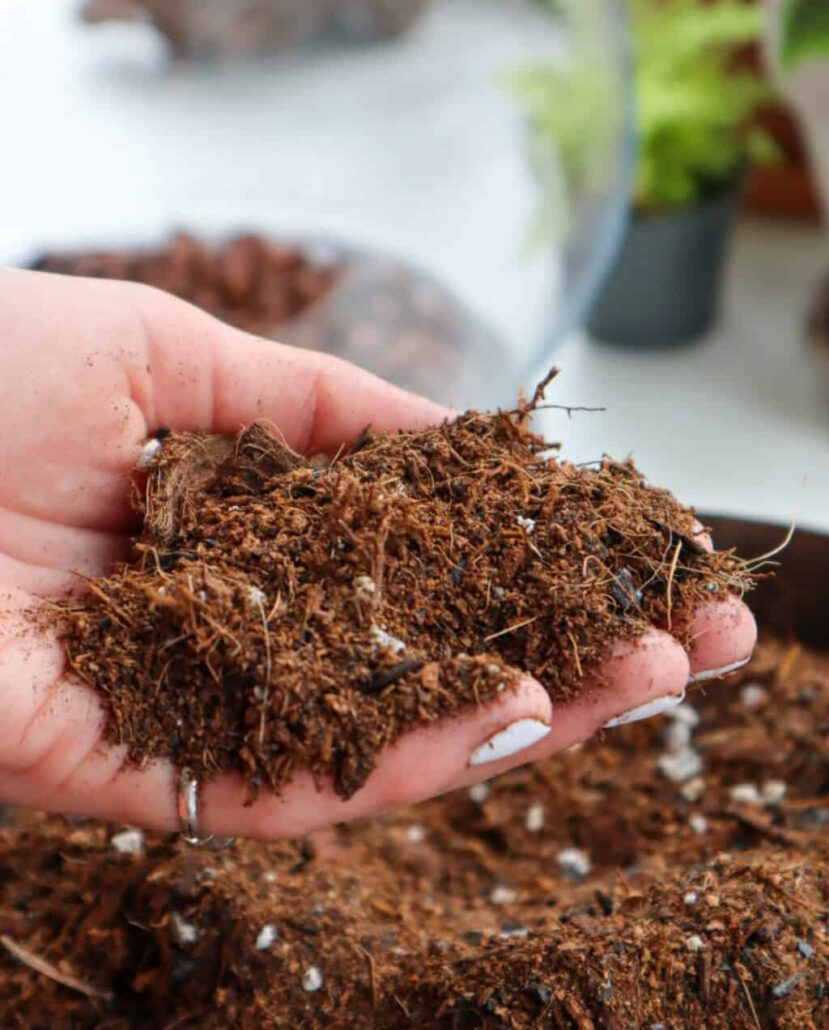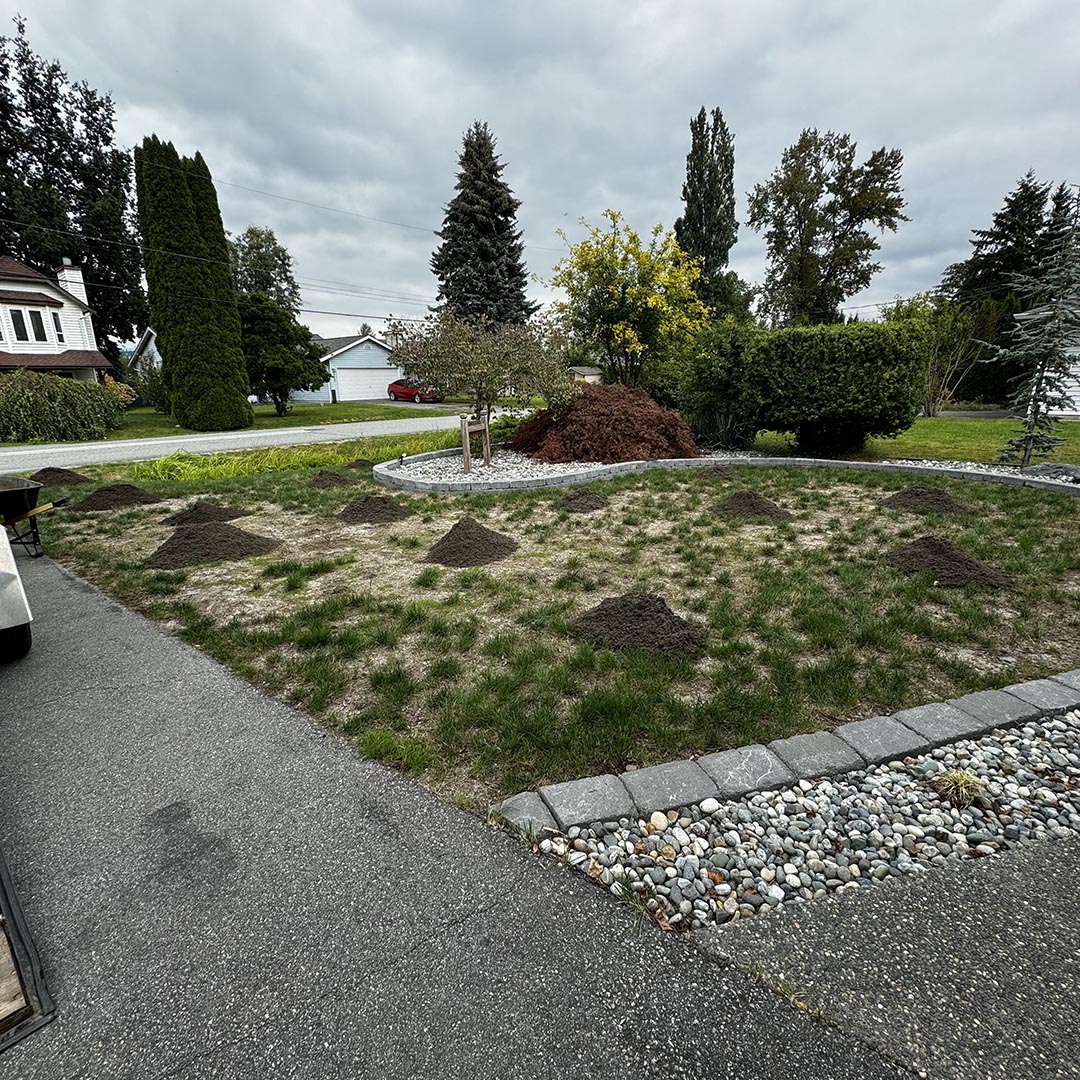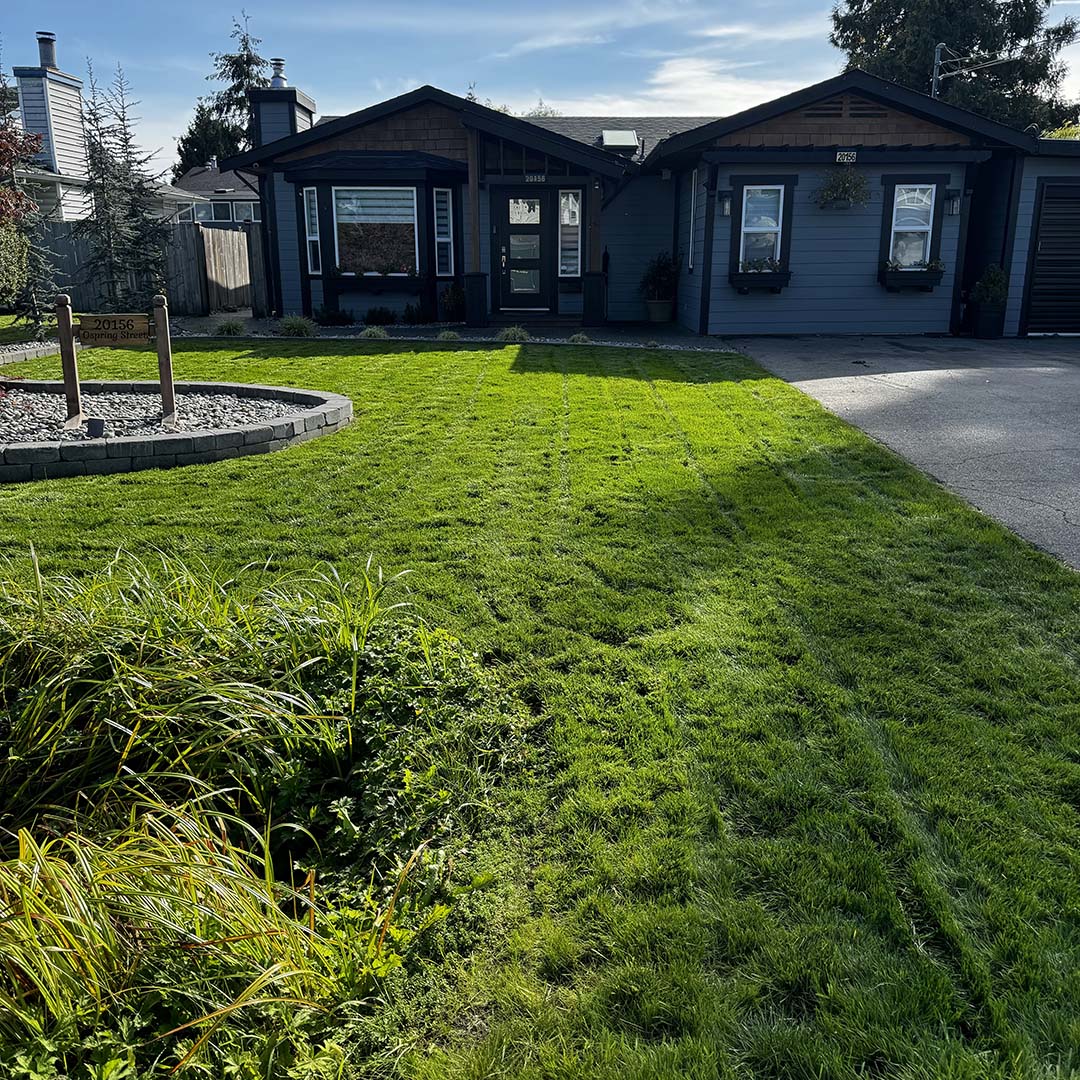
As summer fades into autumn, we welcome cooler evenings and begin preparing for the winter ahead. After enduring long, hot months, your lawn is likely feeling the effects of summer’s challenges. Autumn is the perfect time to address these issues and set your grass up for a healthy winter season.
Dealing with the Effects of Summer Extremes

Dealing with the Effects of Summer Extremes
In many areas, summer weather fluctuated dramatically, with hot days quickly giving way to heavy rain. While these rainy periods helped reduce the need for watering and kept lawns green, the intense conditions may have left your lawn showing signs of stress, such as seed heads appearing or a decline in leaf color and growth.
Excessive rainfall can create several problems. First, it can wash away important nutrients from the soil before your grass has a chance to absorb them, reducing soil fertility. To replenish these nutrients, apply a quality NPK fertilizer enriched with compost. For an added boost, incorporate kelp extracts to support nitrogen-fixing bacteria in the soil and encourage healthy leaf growth.
Soil compaction is another issue caused by heavy rains, wear and tear, and summer heat. When soil becomes compacted, oxygen levels decrease, essentially suffocating the root systems of your lawn. Combat this by aerating the soil using a spiked roller, pitchfork, or even spiked shoes. You can also apply gypsum to break up compacted soil and improve its structure, especially in areas with clay-rich subsoil.
Adjust Your Mowing Routine
Autumn is an excellent time to raise your mower’s cutting height. In shaded or sheltered areas, aim to leave your grass at least 50mm (5cm) tall, and consider leaving it even longer—60 to 70mm (6–7cm)—in areas with significant shade. Keeping your grass slightly longer helps with photosynthesis, allowing it to store essential sugars that promote overall health.
This additional length also benefits your lawn in winter. Taller grass is less likely to suffer from frost damage, with only the tips affected by ice while the rest remains green and healthy.
Check and Balance Your Soil pH
If you haven’t tested your soil’s pH in a while, autumn is the ideal time to do so. A balanced pH is crucial for your lawn’s appearance and the effectiveness of fertilizers. The optimal pH level for lawns is 6.5, which is slightly acidic. If your soil’s pH is too high (alkaline), it can be adjusted using Sulfate of Ammonia to bring it back into balance.
Strengthen Your Lawn Before Winter

Check and Balance Your Soil pH
Preparing your lawn for winter with the right care is essential. One of the most important steps is applying a high-quality NPK fertilizer before the colder months set in. This fertilizer will provide your grass with the nutrients it needs to develop a dense, healthy mat of leaves that can fend off winter weeds and strong roots to withstand the cold.
By following these autumn lawn care tips, you’ll give your grass the best chance to recover from summer and thrive through the winter, ensuring a lush, healthy lawn when spring arrives.







